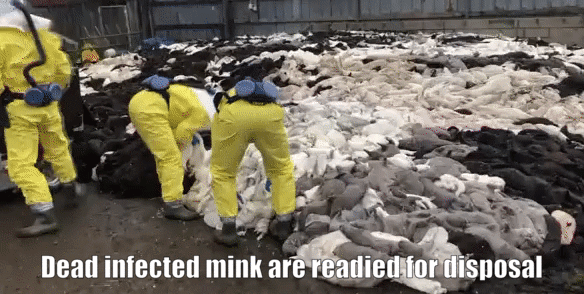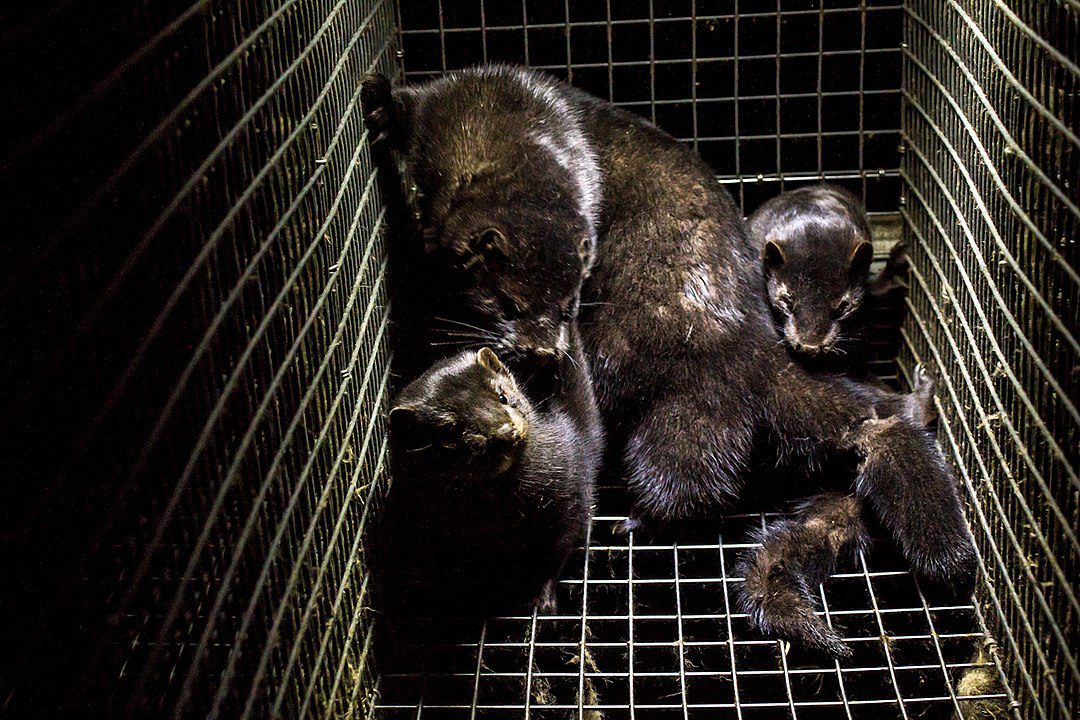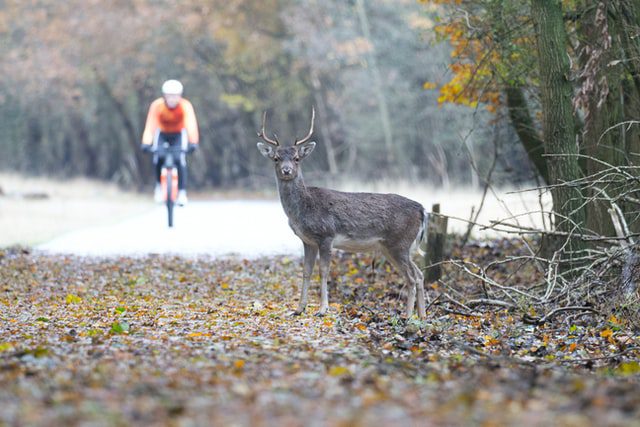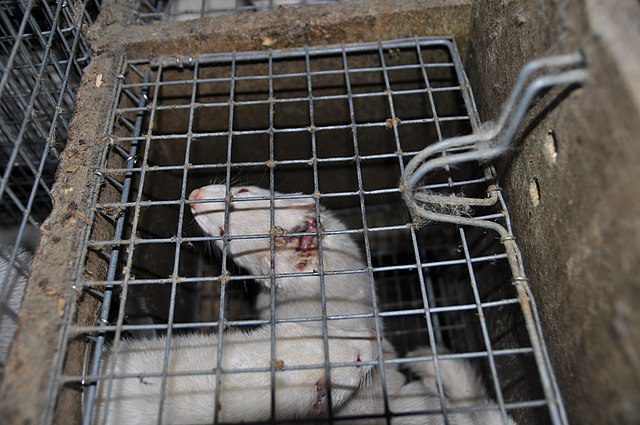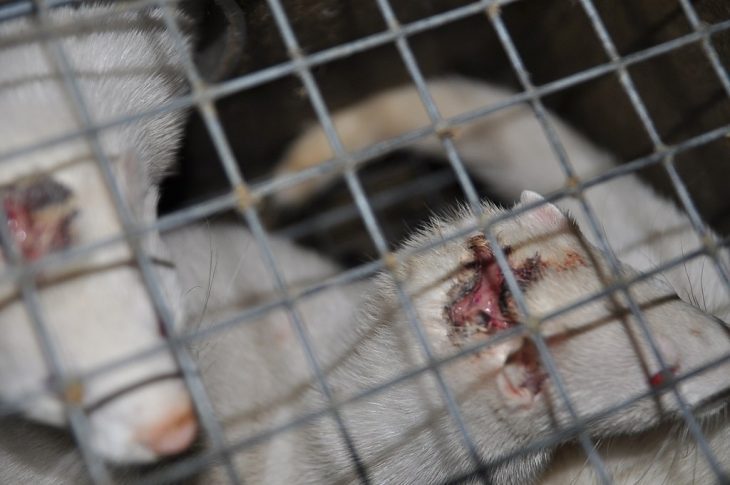
Preprint: Cluster 5 mink variant demonstrated a reduced sensitivity to neutralizing antibodies in convalescent plasma samples
In Denmark, SARS-CoV-2 variants co-circulating in mink and humans collectively acquired at least 35 different amino acid changes in the spike protein. These SARS-CoV-2 variants belong to lineage B.1.1.298. The receptor binding domain (RBD) substitution Y453F, also observed among Dutch farmed mink, appeared in the first transmission Cluster in June. A two-amino acid residue deletion (ΔH69/V70) in the N-terminal domain appeared together with the Y453F in August 2020 and occurred in the subsequent Clusters 2, 3, and 4. A new variant, termed Cluster 5, with two additional amino acid substitutions, i.e., I692V downstream of the transmembrane protease serine 2 (TMPRSS2)/furin cleavage site and M1229I within the transmembrane domain, was identified in September 2020 on 5 mink farms and in 12 human cases (age: 7–79 years; symptoms: asymptomatic to mild).
Given the potential of this variant to spread among humans, as observed for other mink-associated variants, and an increased risk of antigenic alterations with the multiple spike changes, it was deemed necessary to do a rapid evaluation of this “Cluster 5” variant in vitro. To aid timely public health responses, Statens Serum Institut released a preliminary report on 10 November 2020. A more detailed evaluation of this Cluster 5 variant and its in vitro fitness and neutralization potential is presented here.
Preprint: In vitro Characterization of Fitness and Convalescent Antibody Neutralization of SARS-CoV-2 Cluster 5 Variant Emerging in Mink at Danish Farms
Image vy Otwarte Klatki, CC BY 2.0, via Wikimedia Commons
